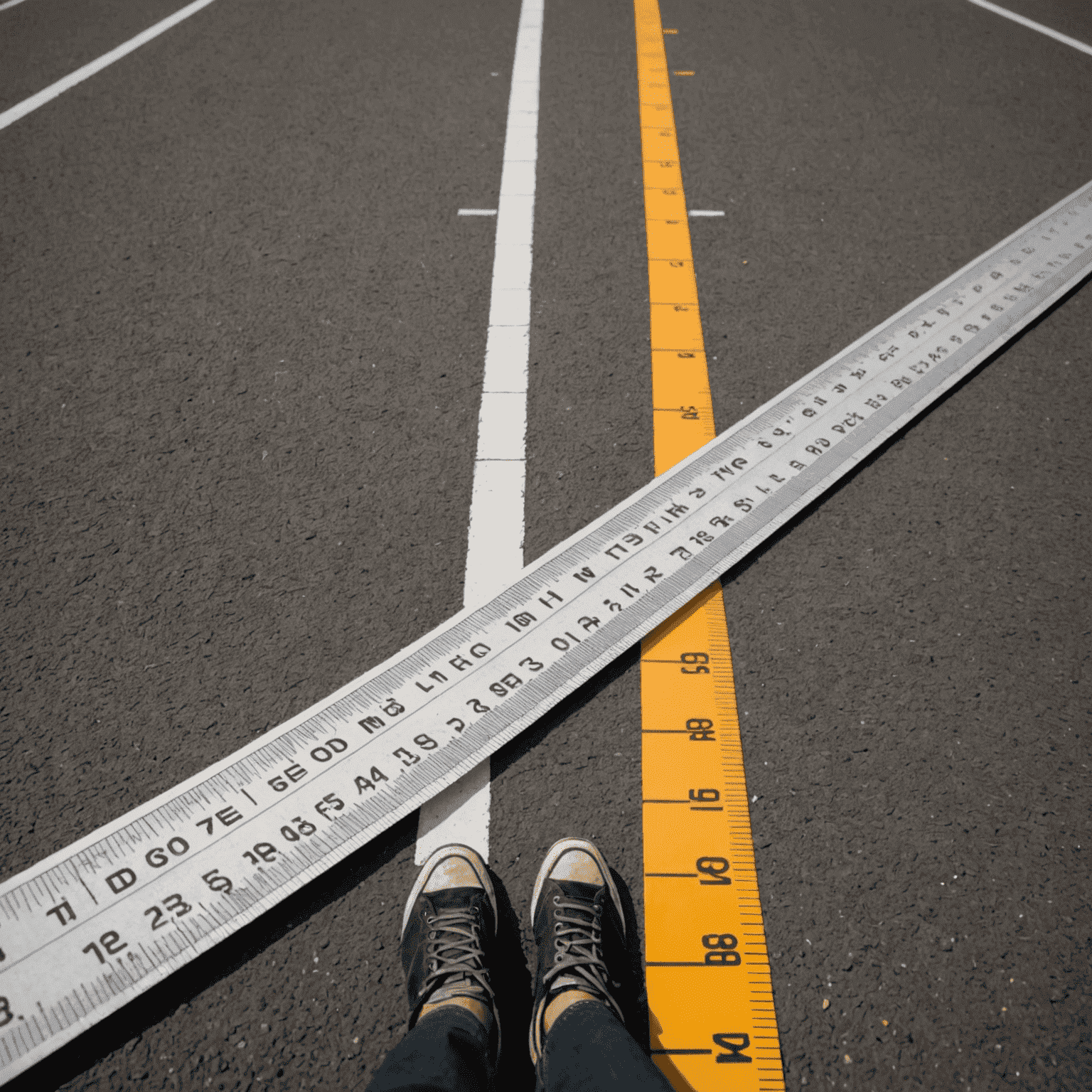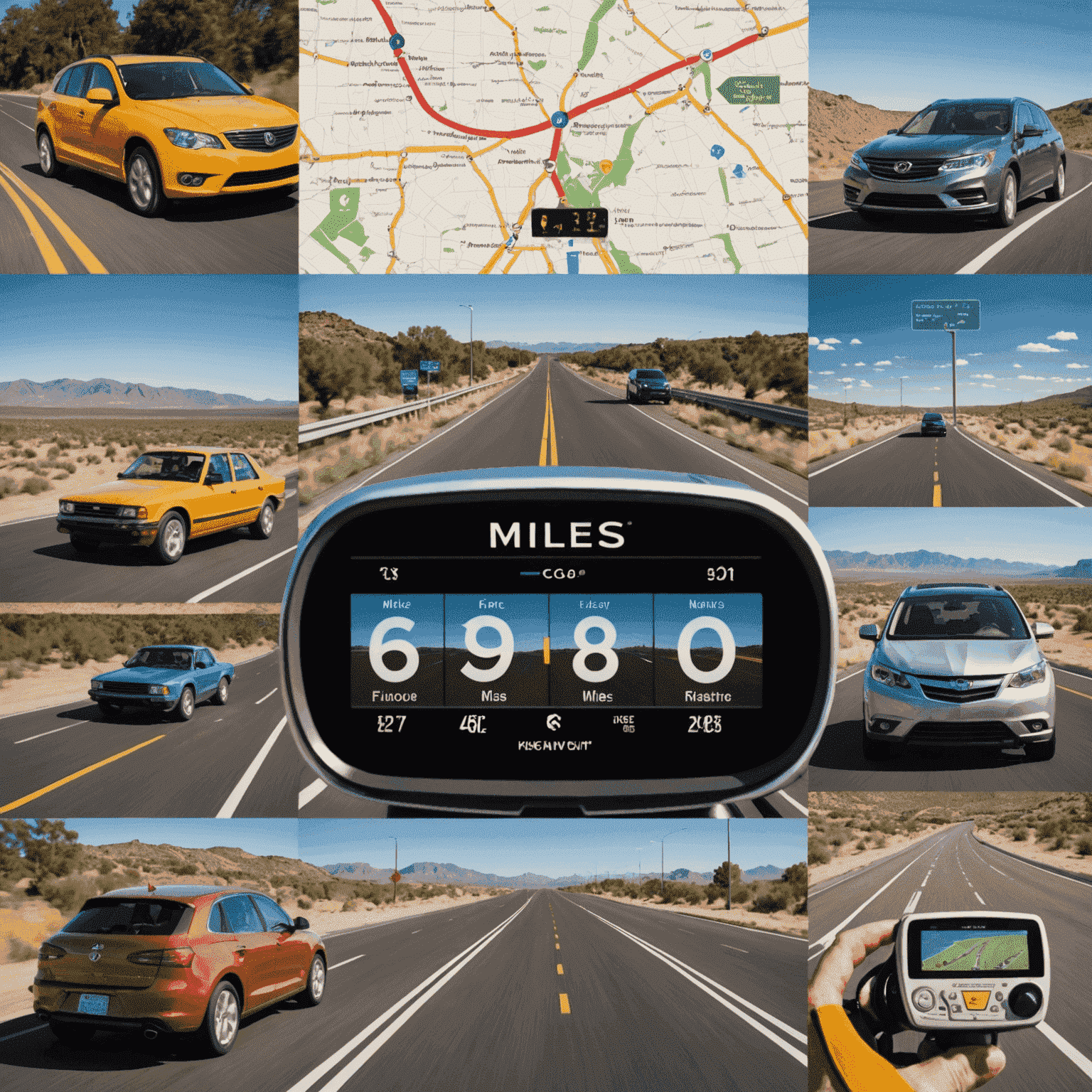History of Miles
The mile, a unit of measurement deeply ingrained in our modern world, has a rich and fascinating history that spans millennia. From its ancient Roman origins to its current standardized form, the mile has played a crucial role in shaping how we measure distances across the globe.
Ancient Roman Origins
The term "mile" originates from the Latin phrase "mille passuum," meaning "thousand paces." In ancient Rome, a mile was establishedned as 1,000 double steps of a Roman soldier, equivalent to about 1,479 meters or 4,851 feet in today's measurements.

Medieval Variations
During the Middle Ages, the definitionnition of a mile varied greatly across Europe. Different regions adopted their own versions, leading to a wide range of mile lengths. For instance, the English mile was longer than the Roman mile, while the German mile (or "Meile") was considerably longer than both.
Standardization in the Modern Era
The push for standardization came with the scientific revolution and the need for precise measurements. In 1593, the English mile was officially definedned as 5,280 feet or 1,760 yards. This definitionnition, known as the statute mile, became widely adopted and is still used in countries like the United States and the United Kingdom.

The Mile in the Metric World
With the advent of the metric system, the mile's usage has decreased in many parts of the world. However, it remains an important unit of measurement in several countries and specific industries. The nautical mile, for example, is still widely used in marine and air navigation.
Miles and More: Beyond Measurement
Today, the concept of "miles" has expanded beyond mere distance measurement. In the travel industry, for instance, "air miles" or "frequent flyer miles" have become a currency of their own, rewarding loyal customers and changing the way we think about distance and travel.

The Future of the Mile
As we move further into the 21st century, the mile continues to evolve. While many countries have fully embraced the metric system, the cultural significance of the mile ensures its ongoing relevance. From sports events like the "four-minute mile" to everyday phrases like "going the extra mile," this ancient unit of measurement remains an integral part of our language and culture.
Understanding the history of the mile not only gives us insight into how we measure our world but also how our perceptions of distance and space have changed over time. It's a testament to the enduring nature of human innovation and the ongoing quest to quantify and understand our surroundings.
Did You Know?
- The word "mile" is used in many languages, including German (Meile) and Dutch (mijl).
- A light-year, used for astronomical distances, is about 5.88 trillion miles.
- The first recorded four-minute mile was run by Roger Bannister in 1954.
Mile Conversions
- 1 mile = 1.60934 kilometers
- 1 mile = 5,280 feet
- 1 mile = 1,760 yards
- 1 nautical mile = 1.15078 statute miles